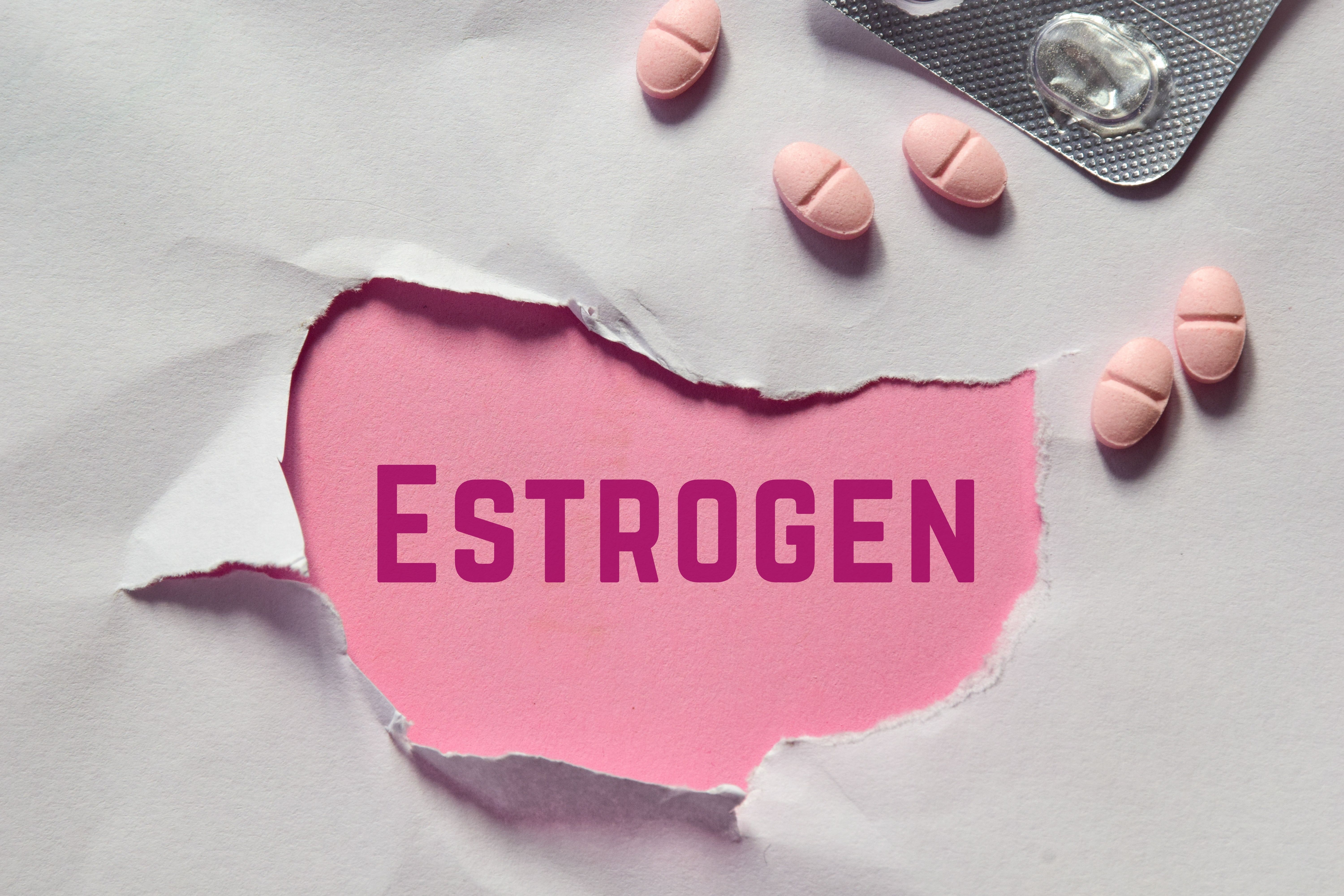Article
Medical Criteria for Contraception Increased Use by Medicaid Enrollees, CDC Says
Author(s):
Publishing a list of conditions for which long-acting birth control is medically indicated increased uptake among women in Medicaid, but overall use remains low.
For some women, pregnancy poses significant medical risk. Women who have diabetes, heart disease, lupus, or who have received an organ transplant are at increased risk for complications or even death if they become pregnant, and thus, long-term reliable contraception is advised.
With this in mind, in 2010, the CDC released the US Medical Eligibility Criteria for Contraceptive Use (MEC), to give physicians guidance on making evidence-based decisions on contraception. A study published Thursday found that publishing this list of 20 conditions, alongside providing family planning management and the availability of better methods, significantly increased uptake of long-acting, reliable contraception among women on Medicaid.
Contraception use increased among all conditions, and more than doubled for women who had received bariatric surgery or were recovering from endometrial or ovarian cancer, according to the findings, published in CDC’s peer-reviewed journal, Preventing Chronic Disease.
For the study, researchers compared the Medicaid Analytical Extract, which includes CMS claims, from the years 2008 through 2012. They looked at enrollees in 14 states who accounted for 50% of the Medicaid enrollees; this included 10 Southeastern states as well as California, New York, Pennsylvania, and Minnesota. The authors said Southeastern states were chosen because the states “are similar to each other in contraception health policy and spending levels for Medicaid are among the lowest in the country.”
Researchers then compared data from the years 2008-2009 to 2011-2012, before and after the MEC policy was issued and information distributed. They looked at overall enrollees in this states and then extracted a study population from those 14 states for deeper analysis.
Two outcomes were measured: whether women received family planning management (FPM), and whether they received a high-efficiency method (HEM). Receiving HEM is critical for women with 1 of the 20 conditions on the CDC list, the authors write. “Normal pregnancy creates a state of anemia, increased oxygen and cardiac output, hypercoagulability, immune compromise, and insulin resistance,” which healthy women can tolerate. But women with these conditions, “may experience amplification of their condition or predisposition to complications and illness, including death.”
The authors note the United States has the highest maternal death rate in the developed world, which prompted the last session of Congress to pass legislation to gather data on why this is happening. President Donald Trump signed the bill into law December 22, 2018.
Findings. Use of FPM and HEM varied by medical condition. For example, depending on how women were treated for endometrial cancer, an intrauterine device (IUD) was not possible. And while the increases were significant, overall use of HEM remained low, as was knowledge among physicians.
Researchers found that FPM for all reproductive-aged women in Medicaid increased from 17.9% before the MEC list was published to 18.2% afterward. The authors found a comparable increase for women in the study population, from 16.7% before MEC to 17.8% after the publication of the MEC. (estimate: 1.06; lower bound CI: 1.05).
The authors found that provision of FPM varied by condition: on the low end, there was liver cancer, which was offered to 4.4% of patients before MEC and 6.7% afterward. The outlier on the other end was peripartum cardiomyopathy, offered to 46.6% of patients before MEC and 44.8% afterward.
Among HEM claims, of the 12,422,899 reproductive-aged women insured by Medicaid, 437,036 had a HEM claim (3.5%) before the release of the MEC; afterward, 679,230 of the 13,597,612 women (5%) insured by Medicaid had a HEM claim after MEC (estimate: 1.37; lower bound CI: 1.36).
Again, researchers reported a comparable increase for women in the study population, from 4.1% to 5.7%. Physicians provided HEM at variable rates by condition both before and after the MEC was issued, ranging from 0.9% before MEC for endometrial or ovarian cancer to 25.6% after MEC for peripartum cardiomyopathy.
After researchers accounted for the increase in population, they found that all 16 conditions measured showed a significant increase. “Overall, our study found a limited, but encouraging change in clinical practice in the 2 years after the release of the MEC guidelines,” they wrote. “The relatively low rate of FPM and provision of HEM that we found suggests that access to highly effective contraceptives was a barrier. Access issues for contraception can arise from financial and systems issues as well as from provider bias.”
For women without insurance, family planning services can be obtained at clinics with Title X funding. The researchers note that the MEC guidelines have been endorsed by the American Academy of Family Physicians and the American College of Obstetricians and Gynecologists.
Reference
Pujol TA, Serban N, Swann J, Kottke M. Medicaid Claims for Contraception Among Women With Medical Conditions After Release of the US Medical Eligibility Criteria for Contraceptive Use. Prev Chronic Dis 2019; 16:180207. doi: https://doi.org/10.5888/pcd16.180207?rel=0" .





